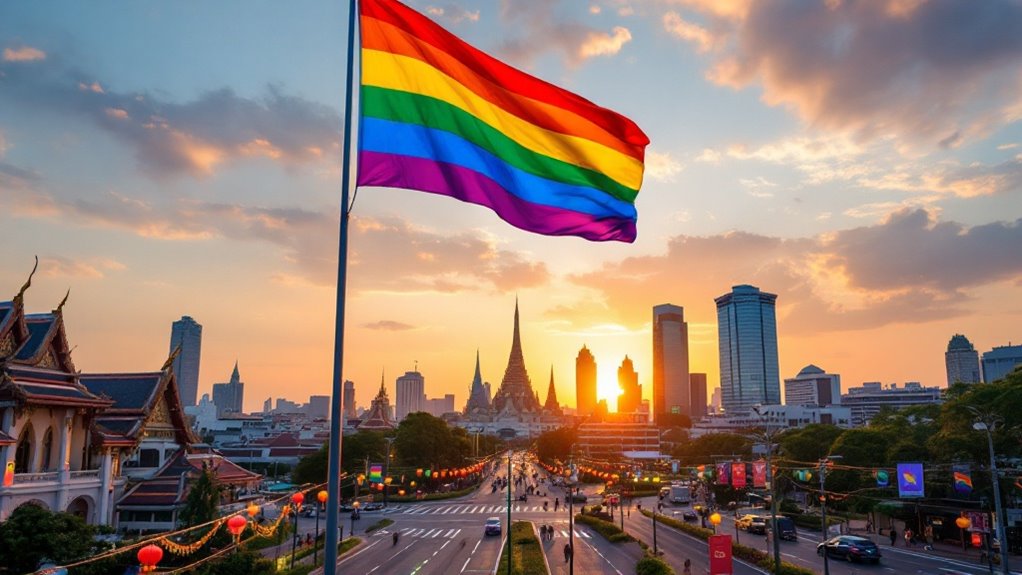The Philippines is prioritizing senior citizens in its tourism sector through a partnership between the Department of Tourism and the National Commission of Senior Citizens, focusing on accessible destinations, enhanced digital platforms, and programs like artisan workshops and wellness initiatives. These efforts address the specific needs of an aging population, with online resources and homestay accommodations designed for comfort and accessibility. This approach aims to attract both local and international senior travelers, promising wider economic benefits and further innovative developments to be discovered.
A growing segment of the Philippine tourism industry is now focused on senior citizens, following a formal partnership between the Department of Tourism (DOT) and the National Commission of Senior Citizens (NCSC). This partnership, solidified by a memorandum of understanding, aims to promote elderly-friendly tourism by prioritizing barrier-free travel and ensuring accessibility throughout the country’s tourist destinations.
The agreement commits both agencies to developing infrastructure and digital tools that address the unique needs of the aging population, including enhancements in digital literacy and easier access to online tourism platforms for older adults. While the sector is adapting to new markets, it is worth noting that tourist arrivals in the Philippines are projected to reach 9.7 million by 2028, reflecting strong overall industry growth.
Both agencies pledge to enhance digital literacy and create accessible online tourism platforms tailored to the needs of senior travelers.
Efforts include the introduction of programs such as senior artisan workshops and local product markets, designed to engage elder tourists beyond traditional sightseeing. These initiatives allow seniors to participate in and contribute to cultural, artisanal, and culinary activities, positioning them as active stakeholders rather than passive consumers.
Plans to support wellness programs and establish homestay options that cater specifically to seniors are underway, with the goal of providing comfortable, accessible, and health-oriented travel experiences. Tourism revenues in the Philippines exceeded USD 1 billion in January 2025, reflecting the significant economic impact of inclusive and accessible tourism programs.
The tourism sector’s growth trajectory reinforces these developments. In January 2025, Philippine tourism revenues surpassed pre-pandemic levels, with tourist arrivals projected to reach 8.3 million within the year, matching figures from 2019.
As the population ages, both domestically and globally, the senior segment is recognized as an important market for sustainable tourism growth. The inclusion of seniors in tourism strategies is expected to increase industry resilience and diversity, as well as extend peak travel seasons.
Adaptations in infrastructure, such as the removal of physical barriers at tourist sites and the enhancement of digital platforms, are key components of the new strategy. Age-appropriate transportation, recreational activities, and wellness services are being developed, while homestay accommodations are tailored to senior needs.
The presence of over 295,000 foreign tourists from South Korea, an aging society, suggests the potential for attracting senior travelers from abroad. Government and industry support for these elderly-friendly initiatives positions the Philippines as a competitive destination for the global senior tourism market, ensuring that older adults are both welcomed and empowered within the evolving tourism landscape.





